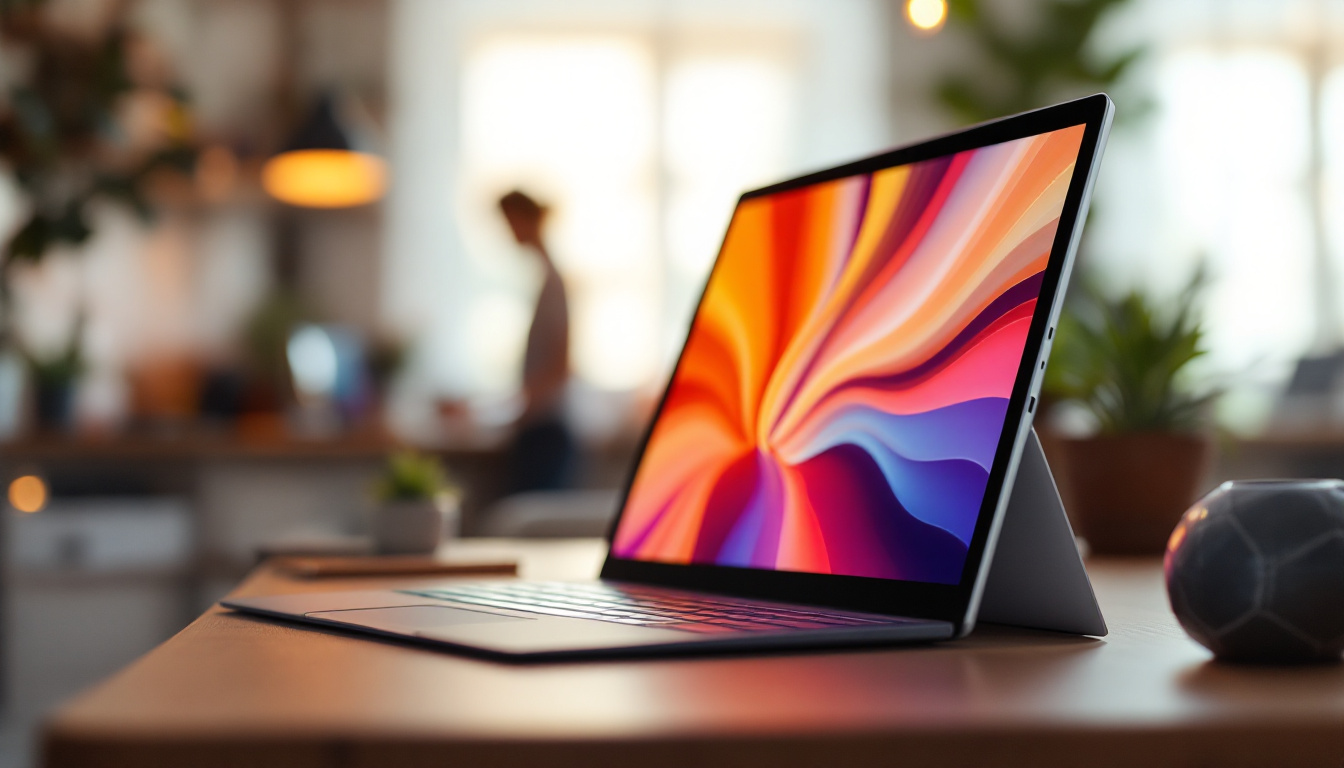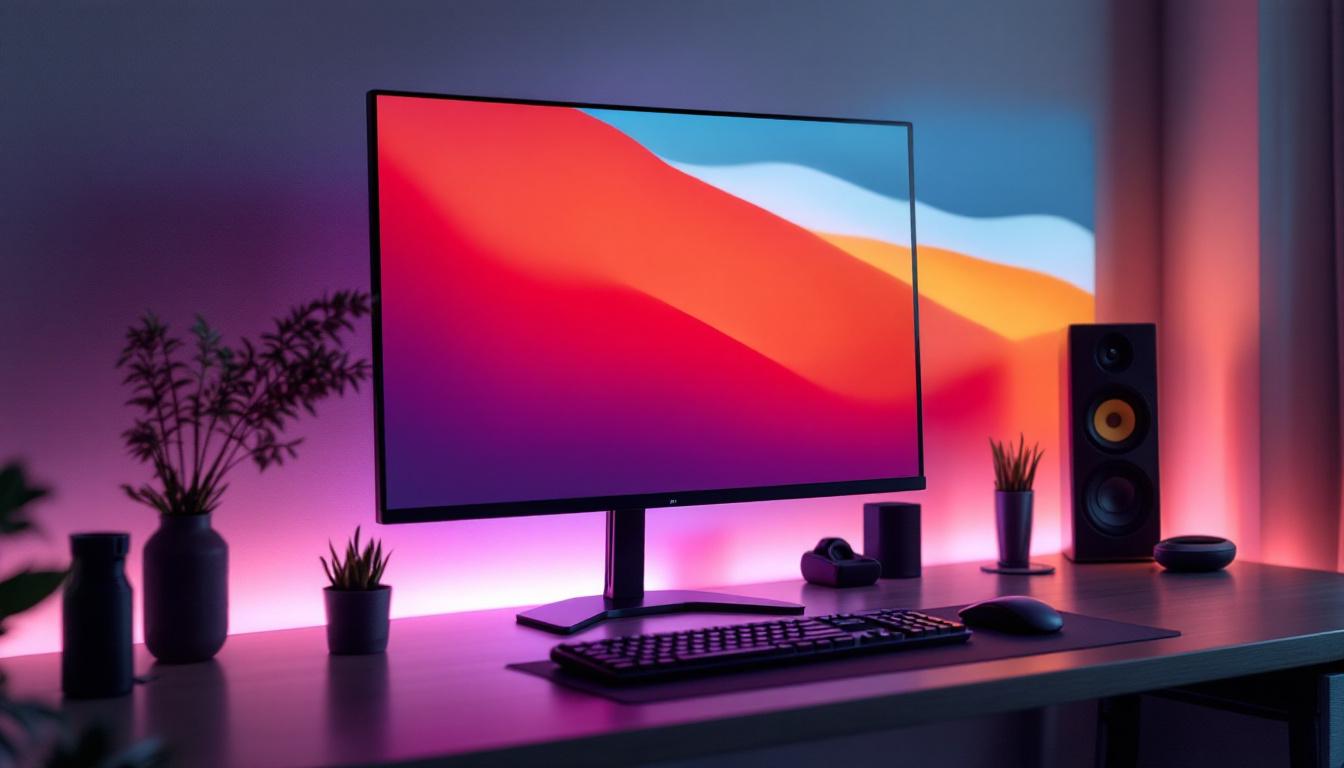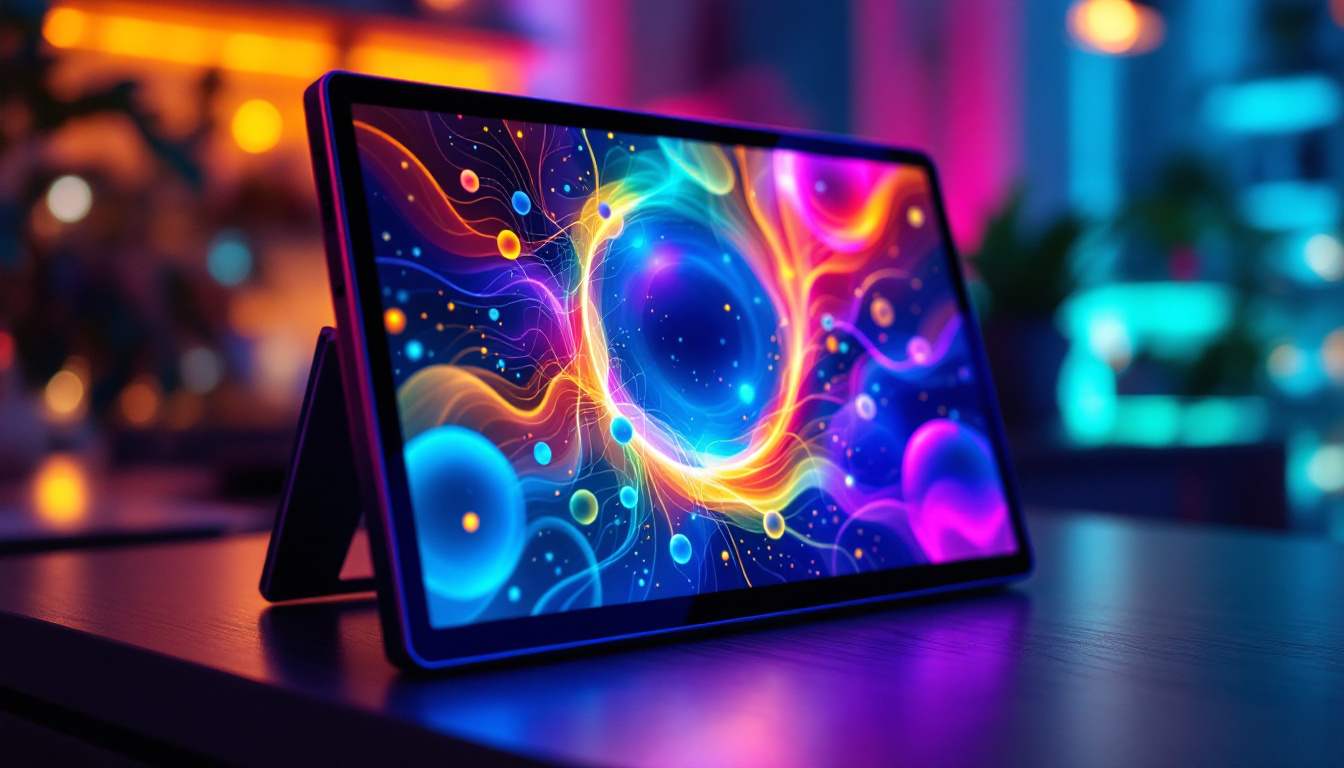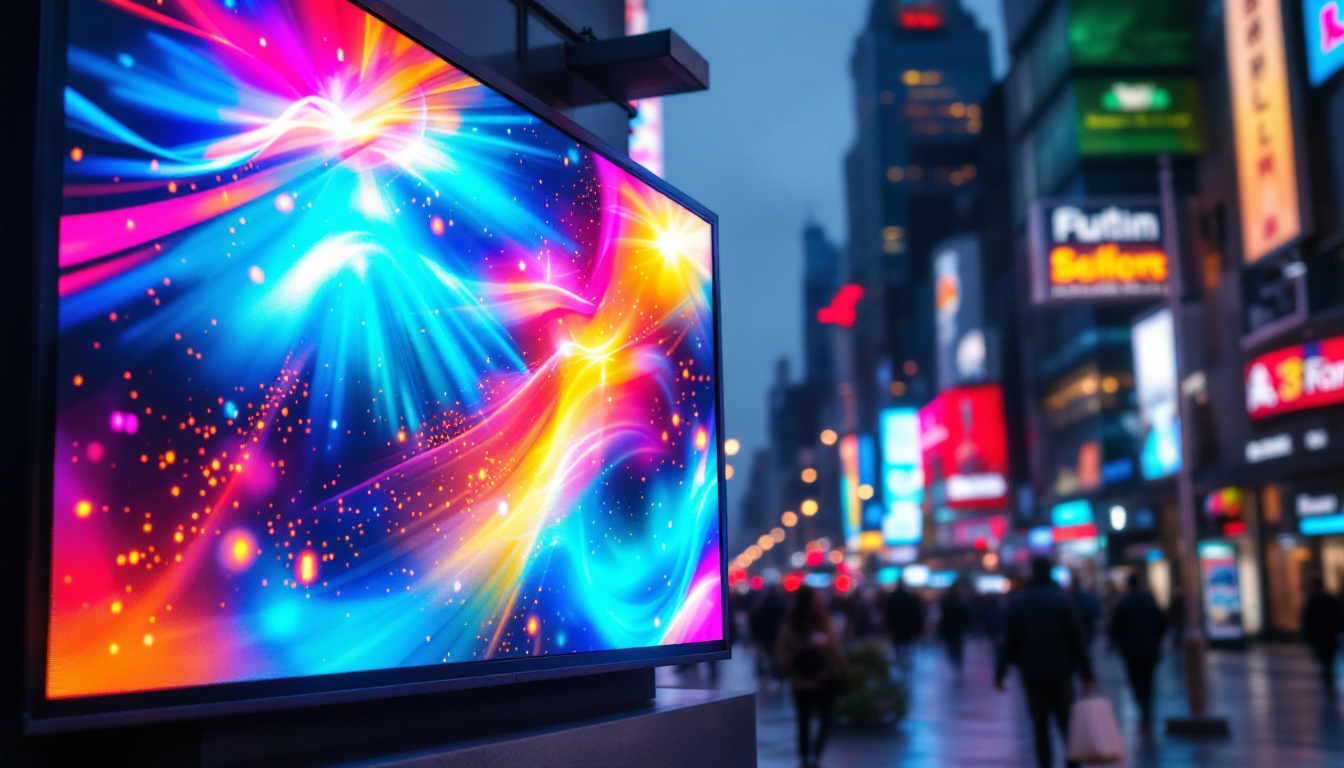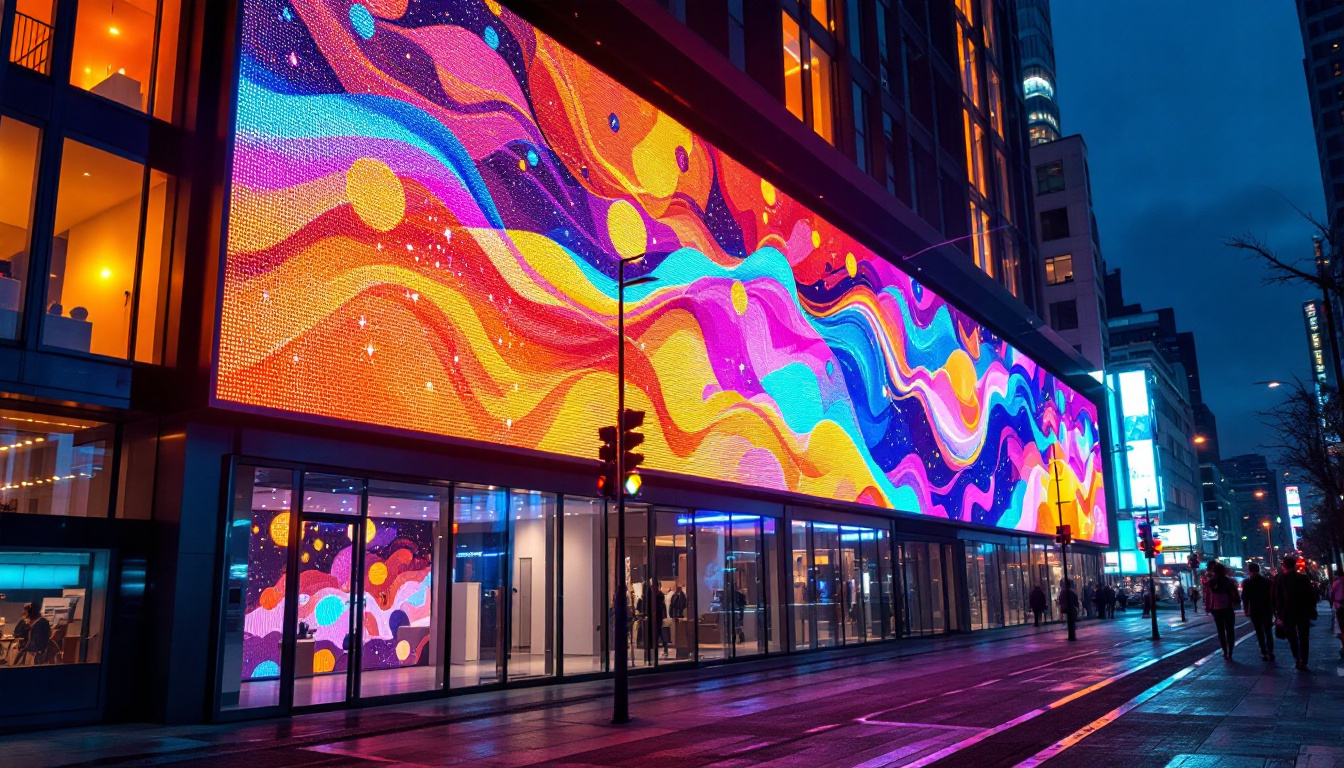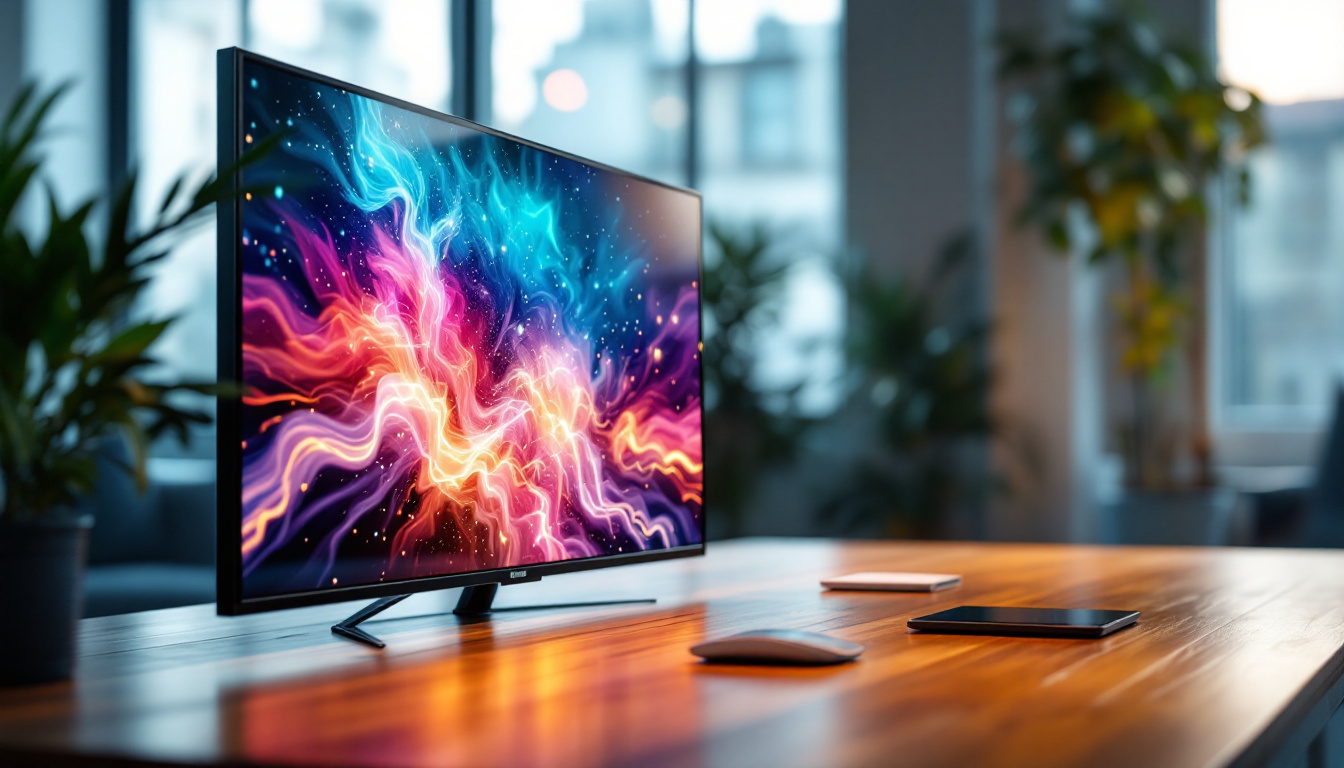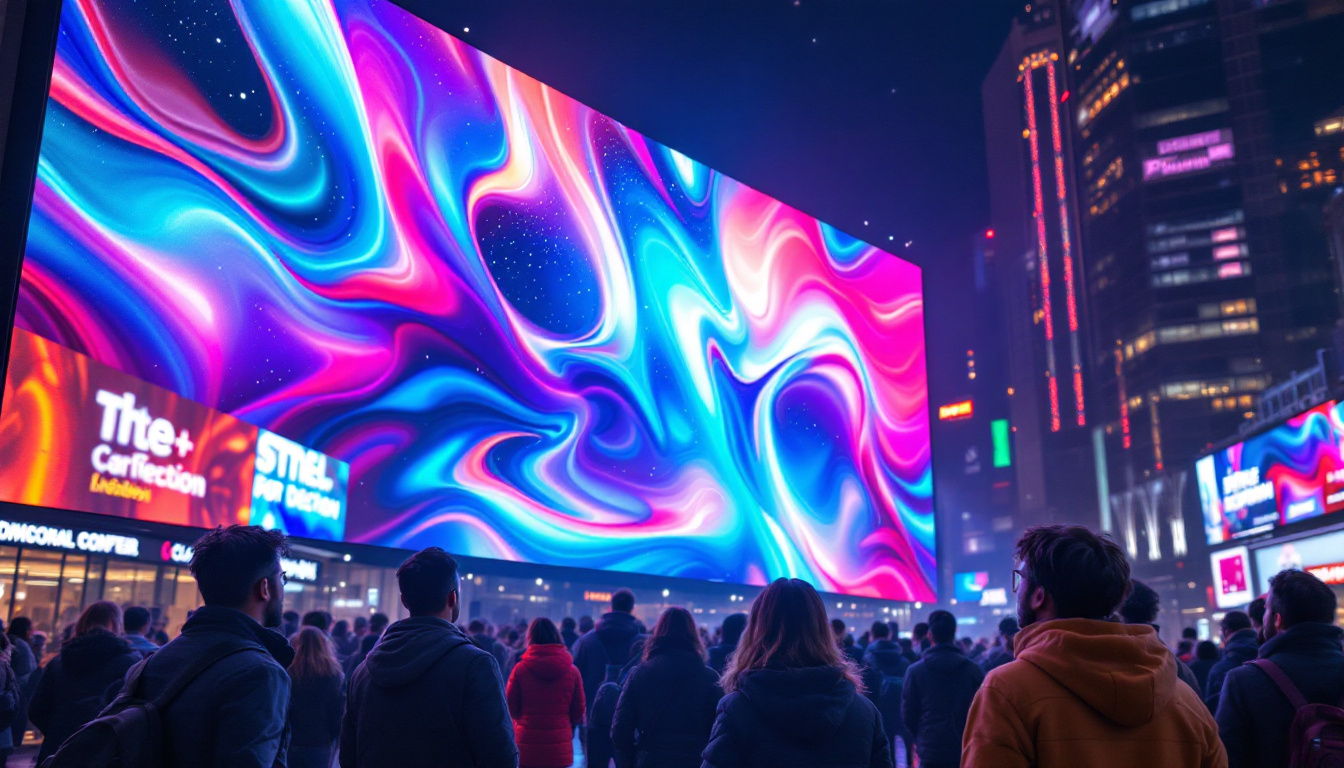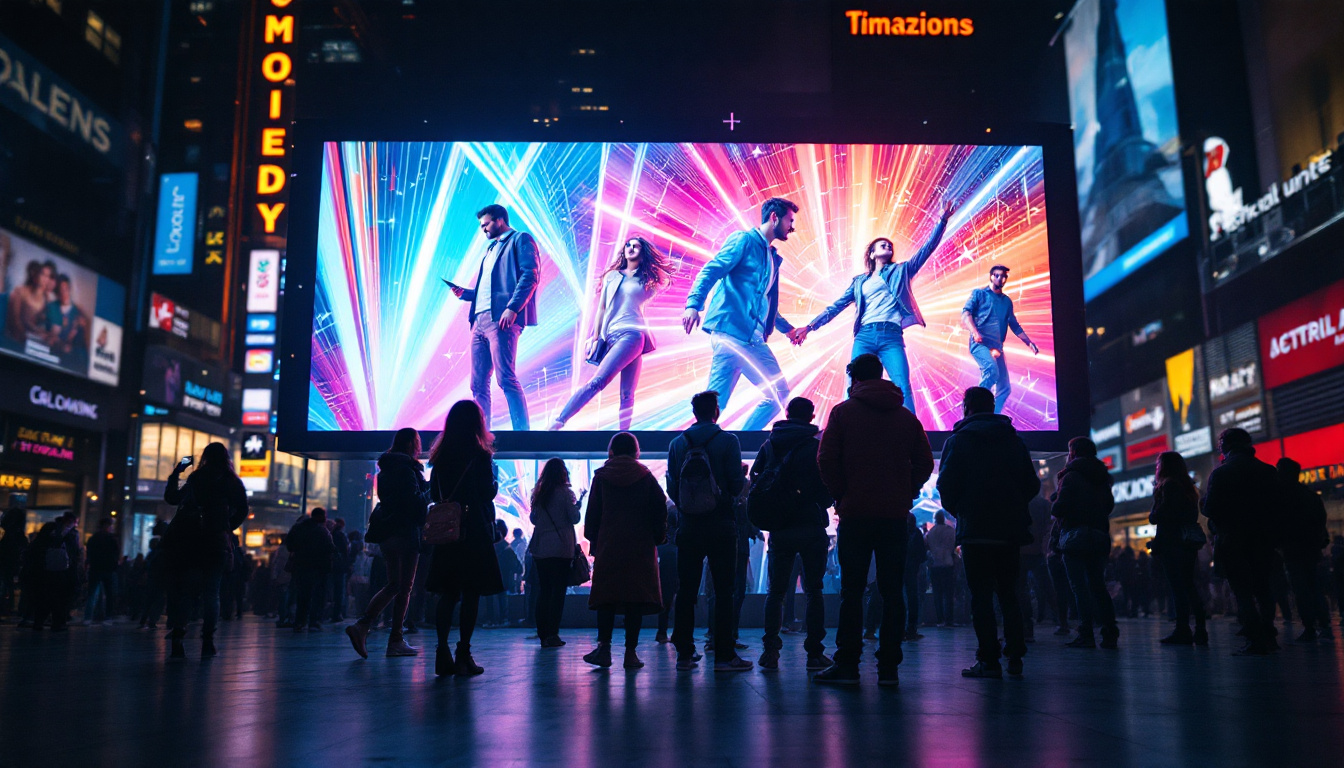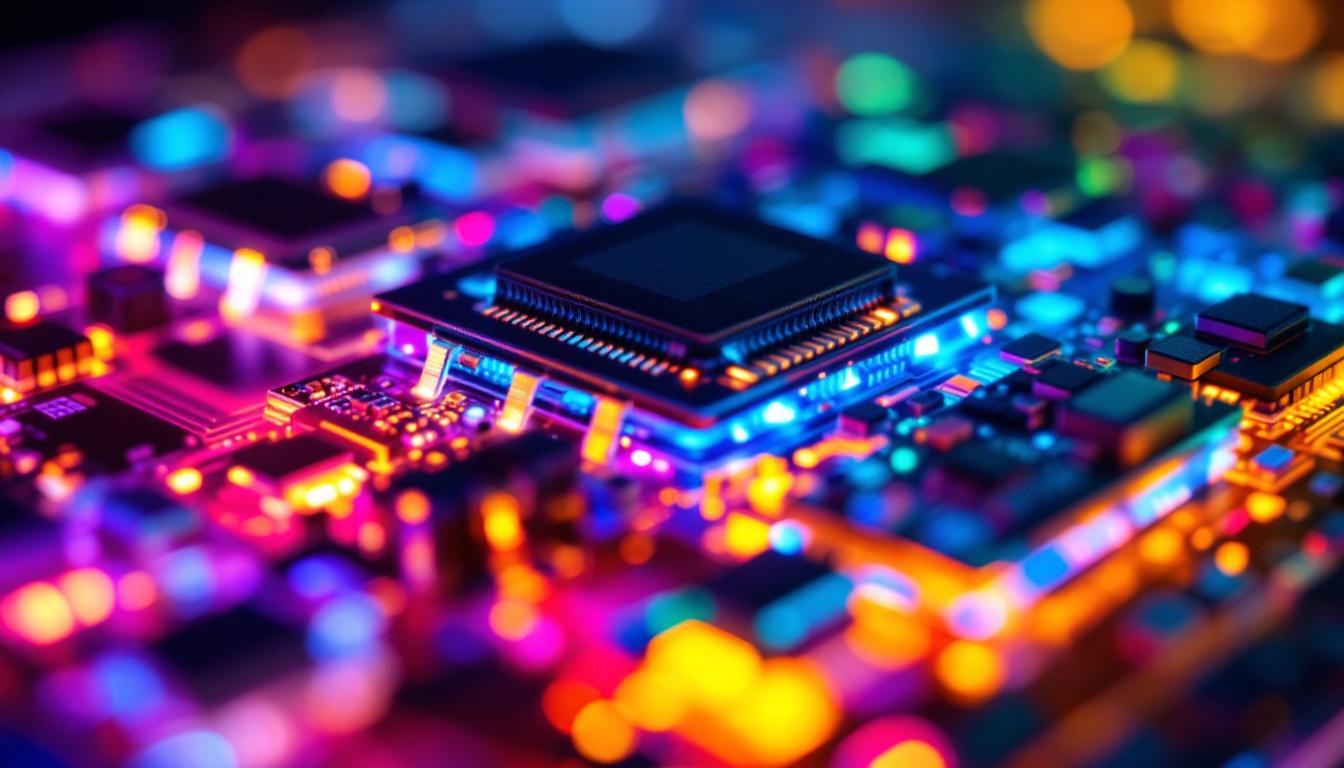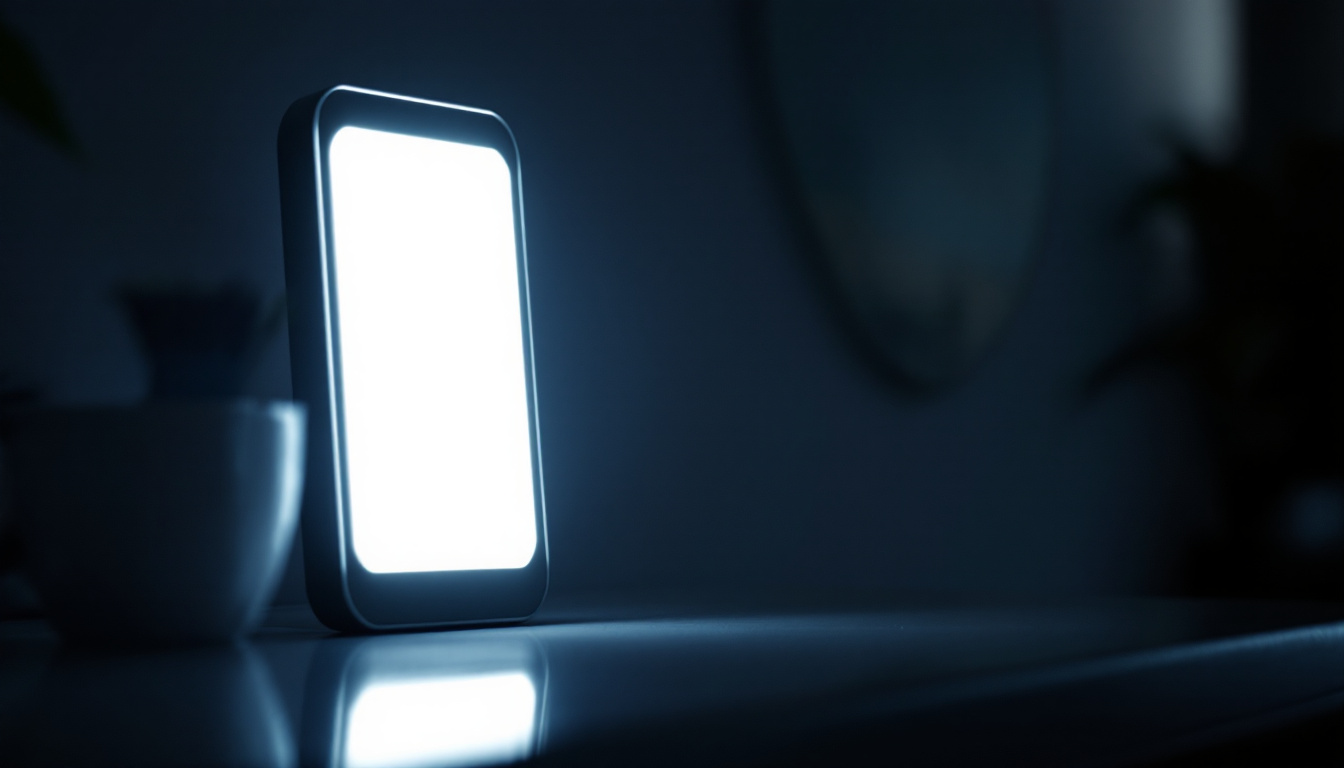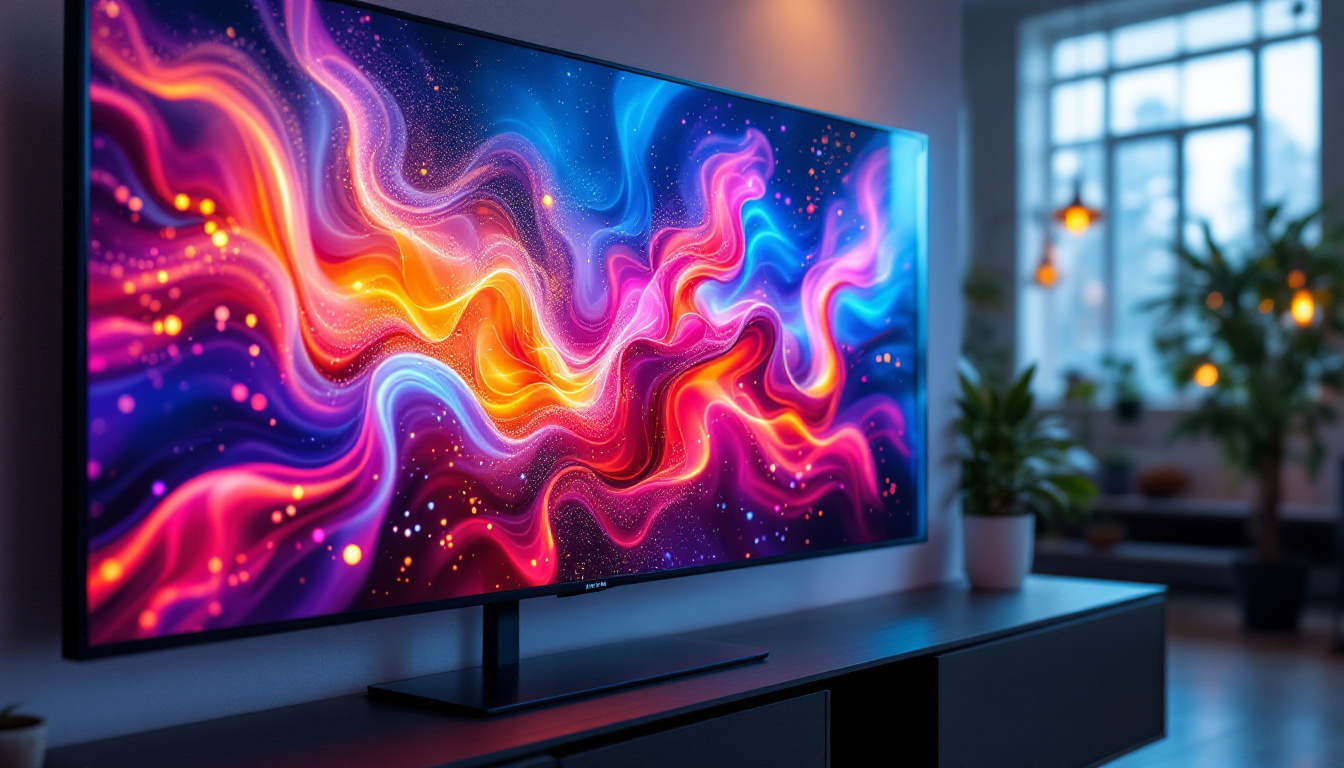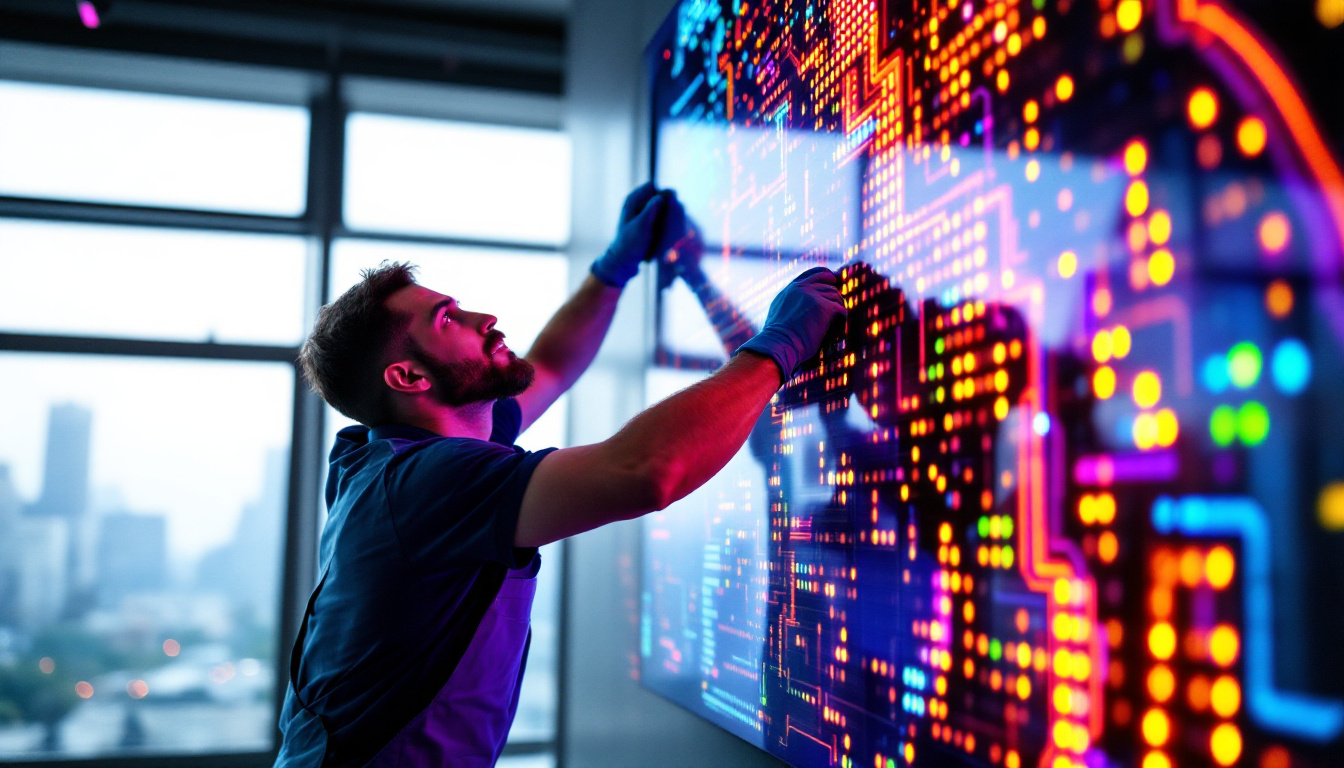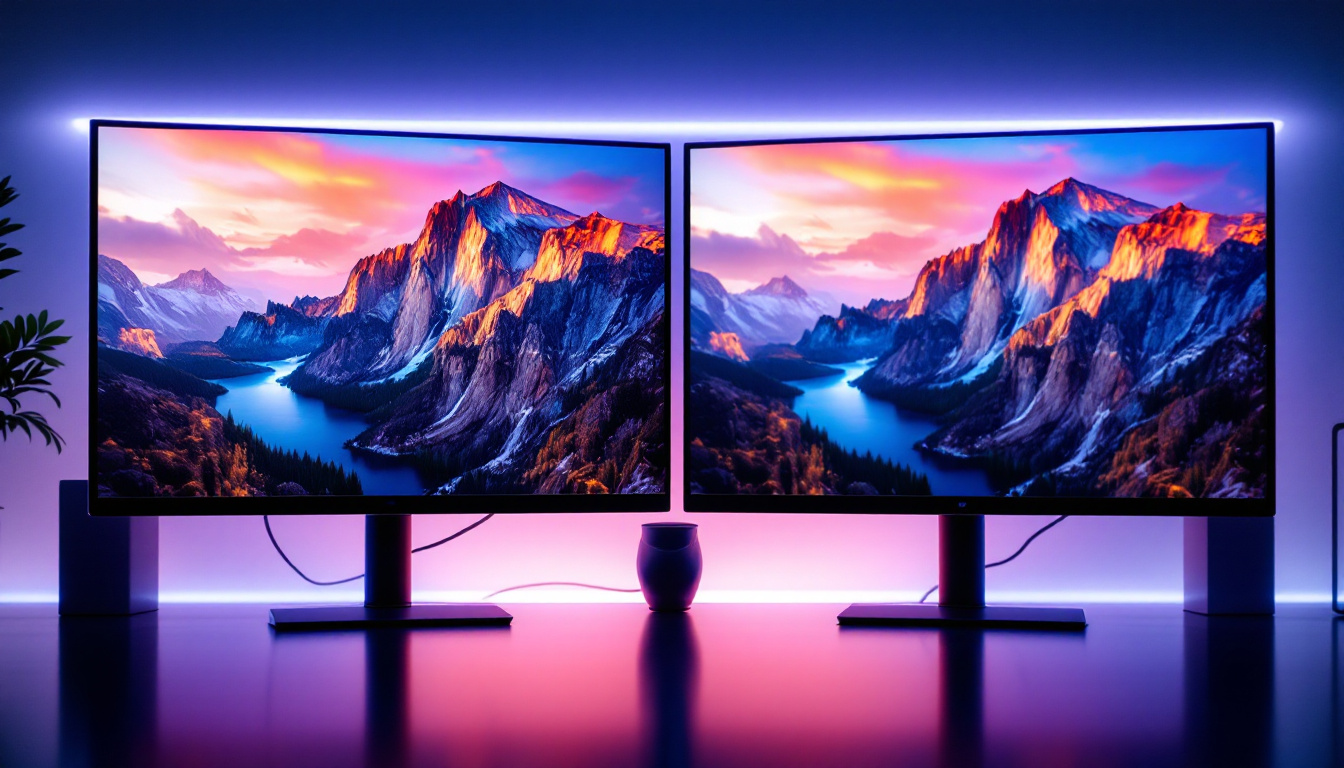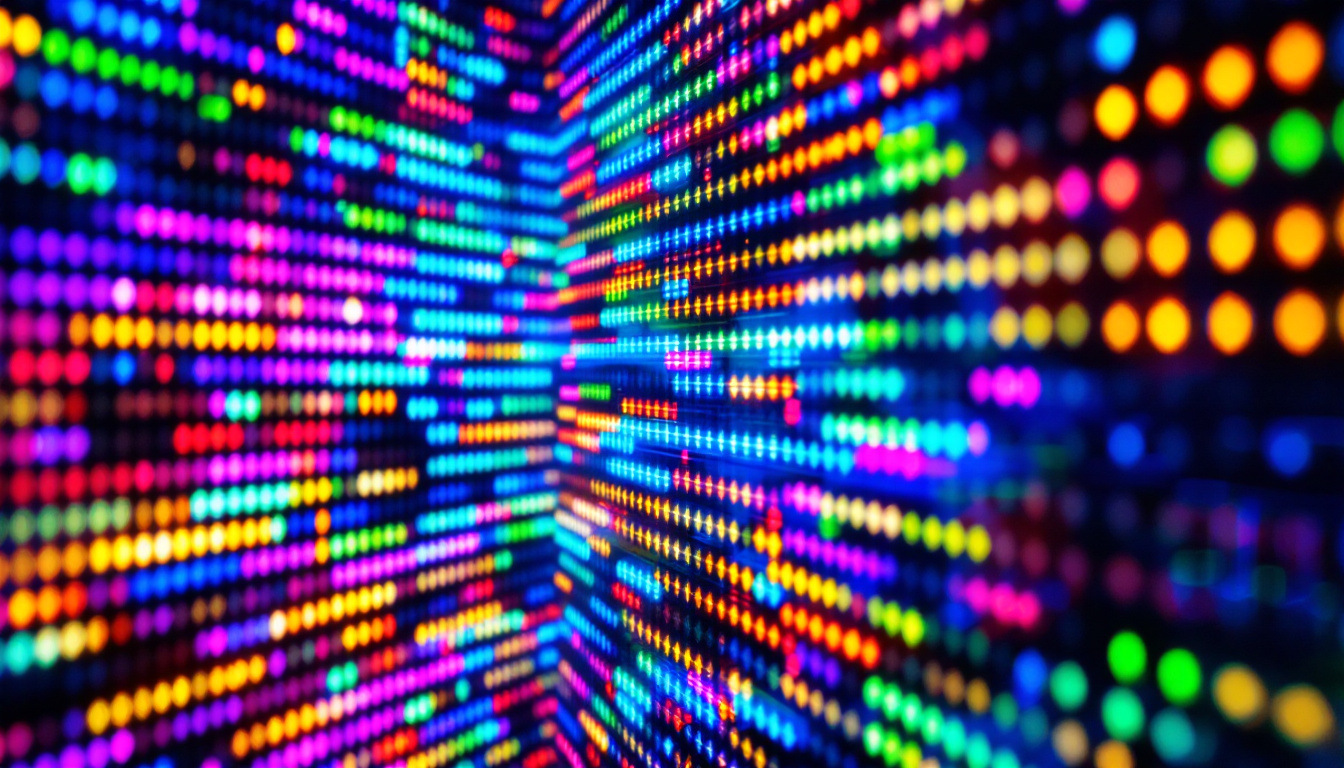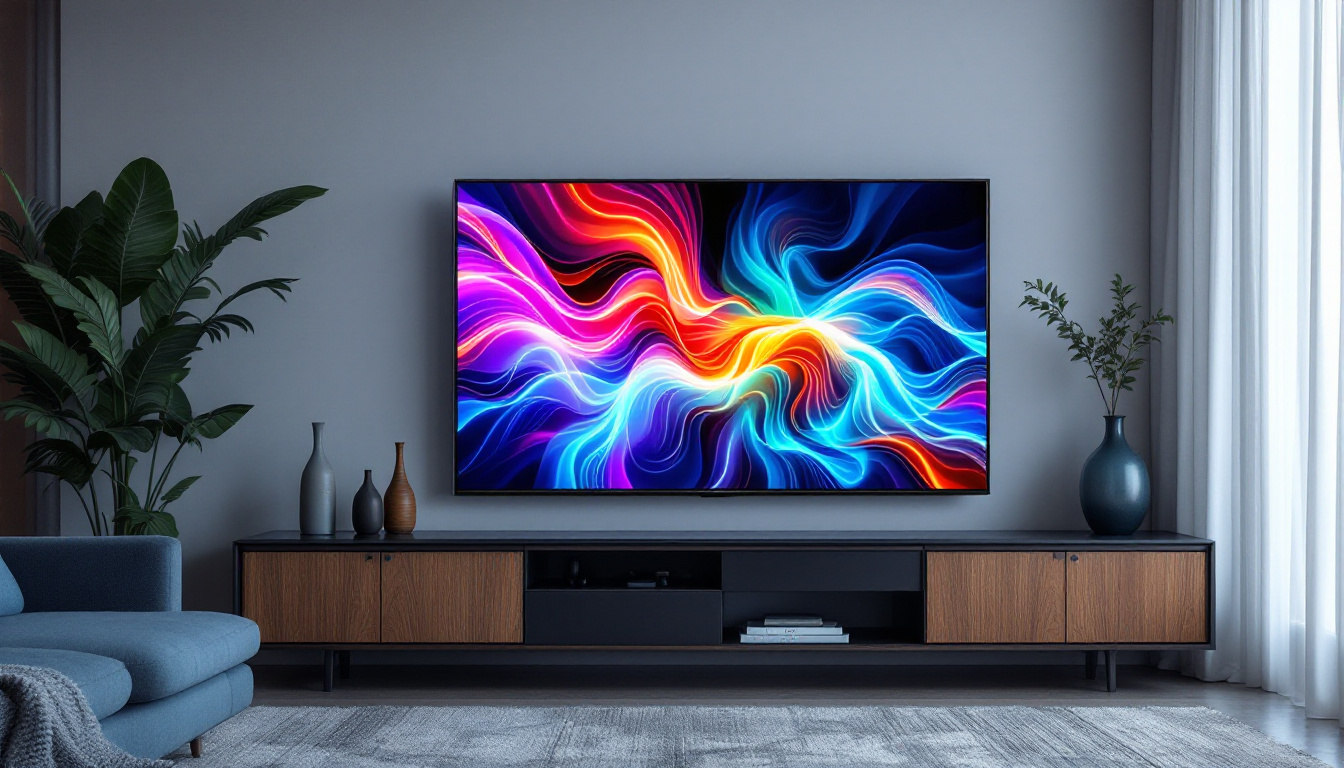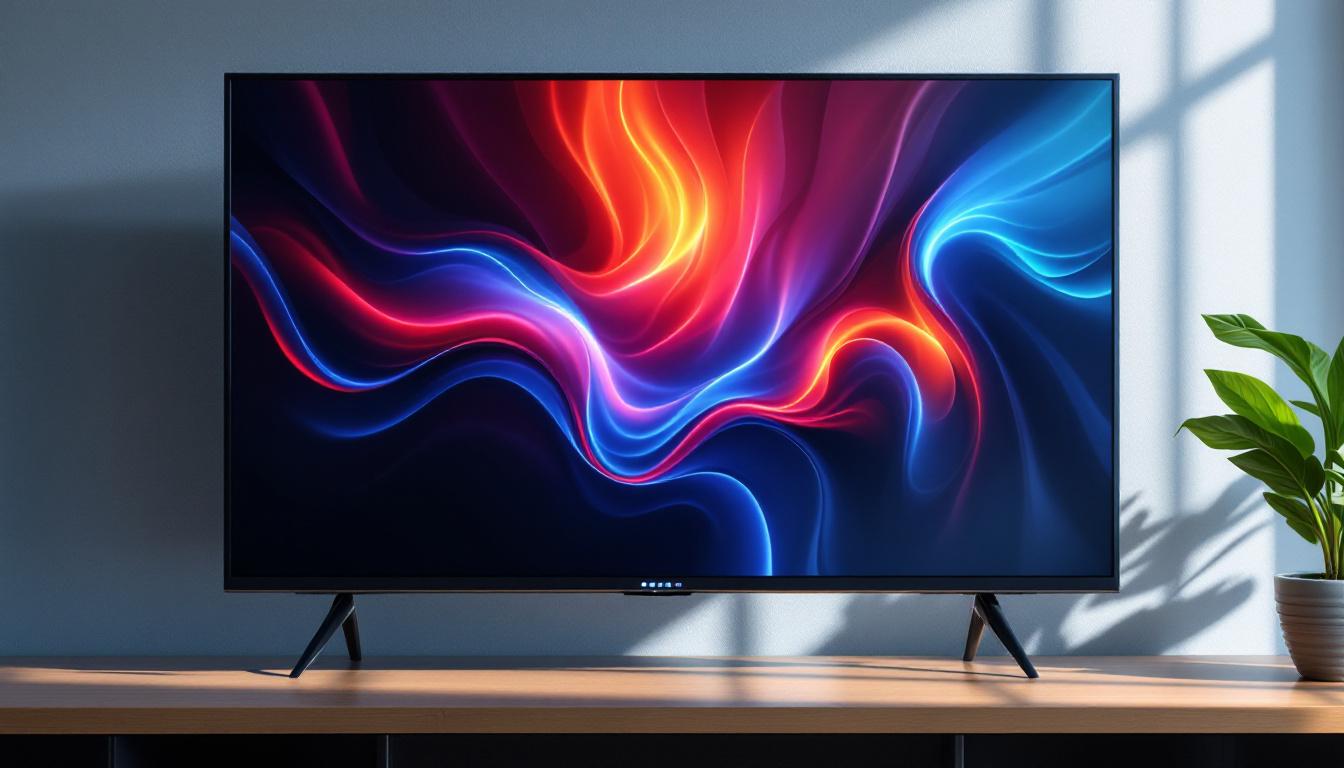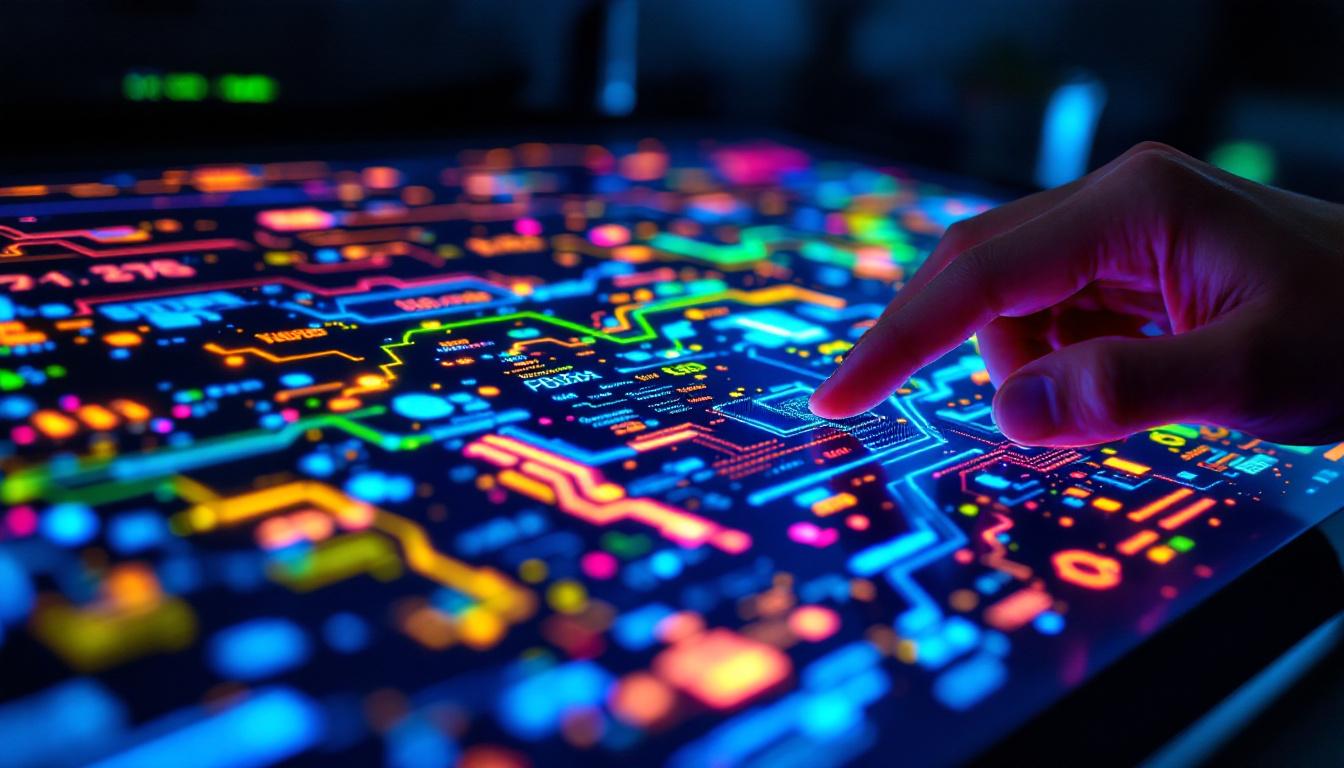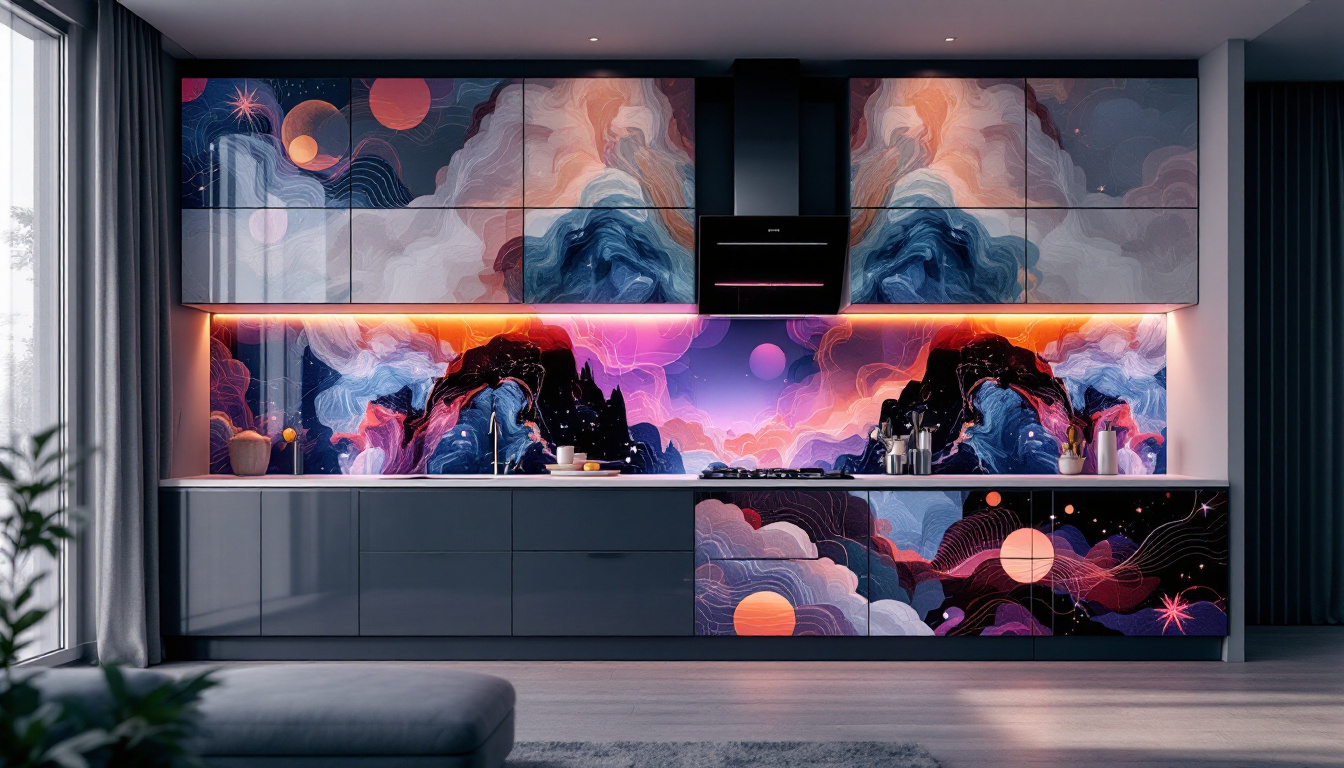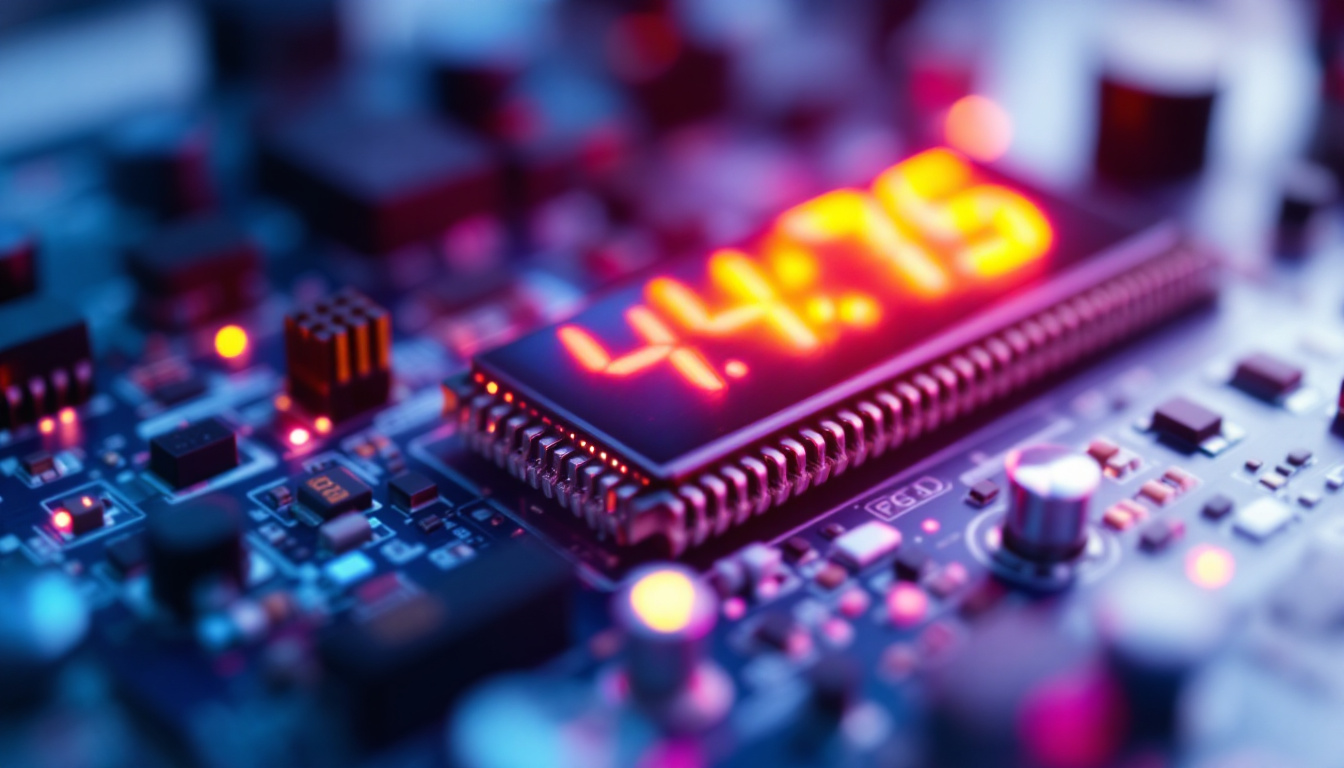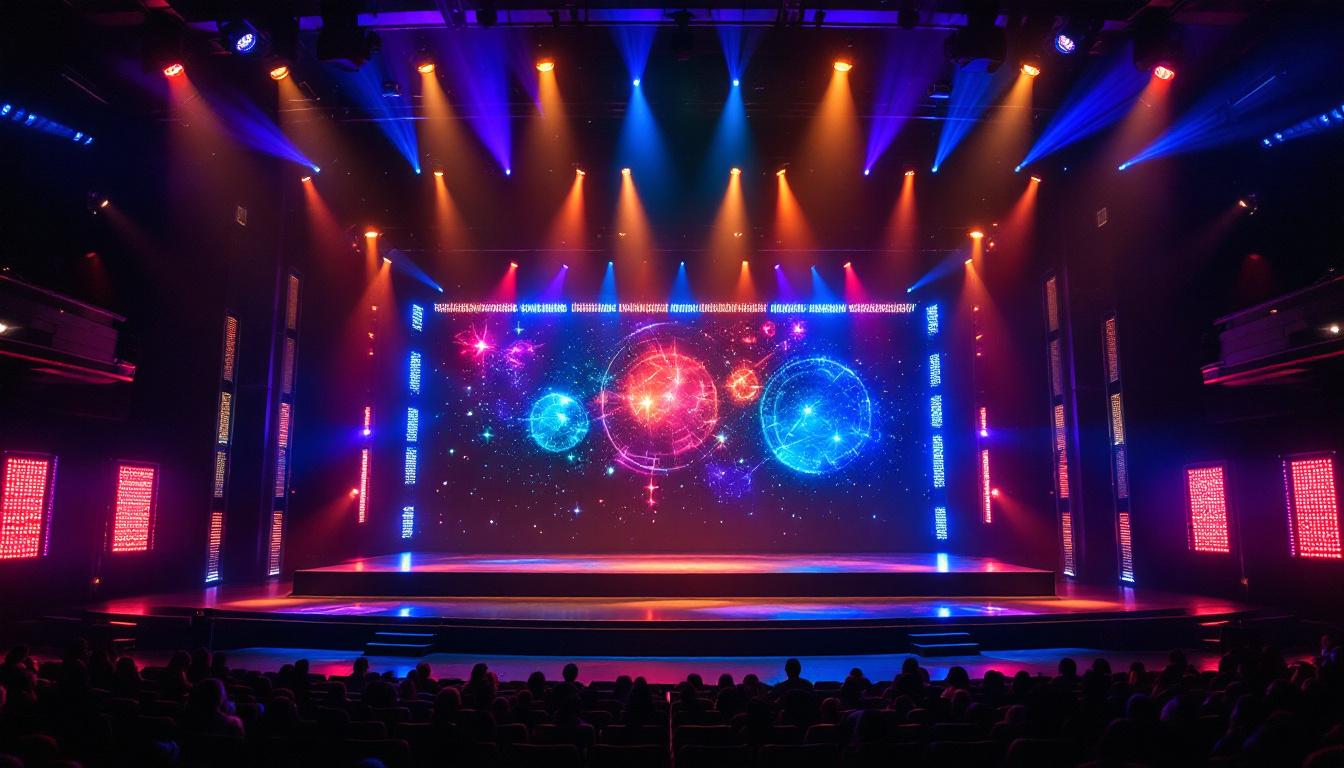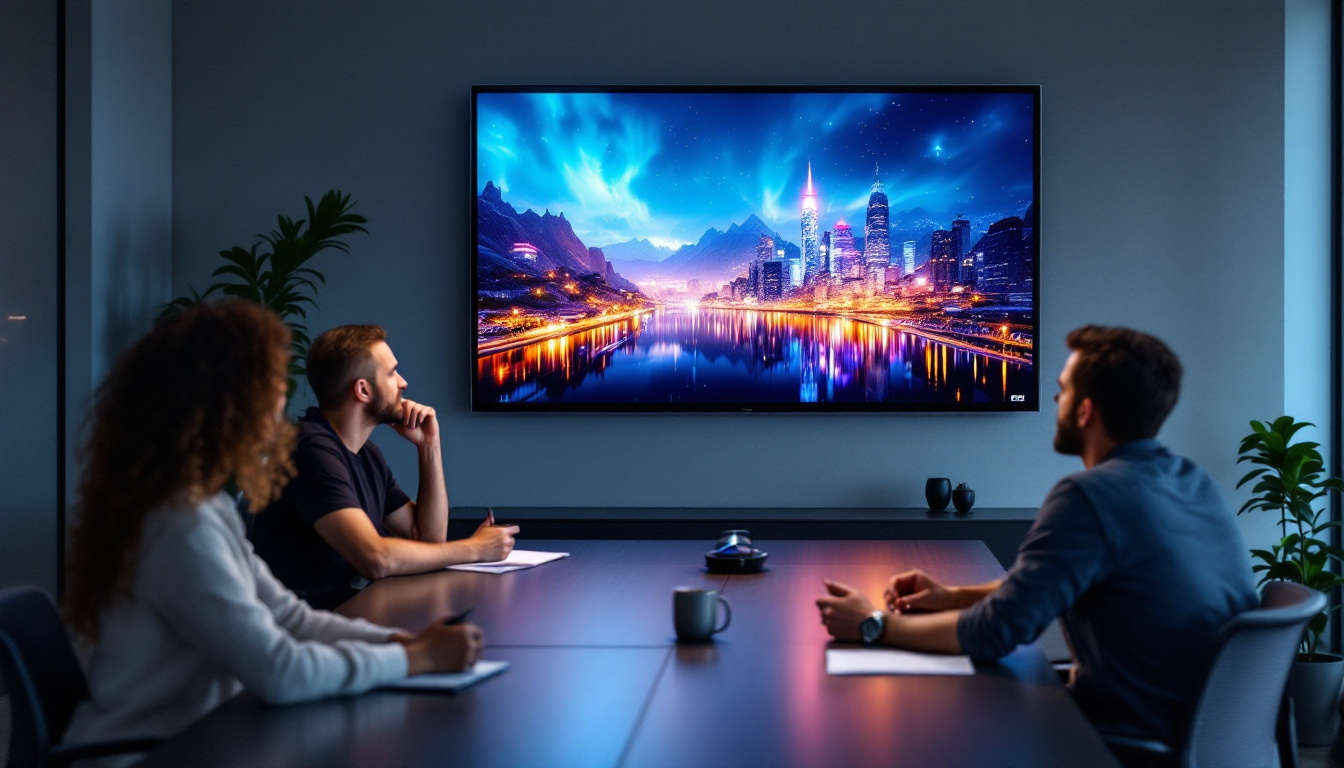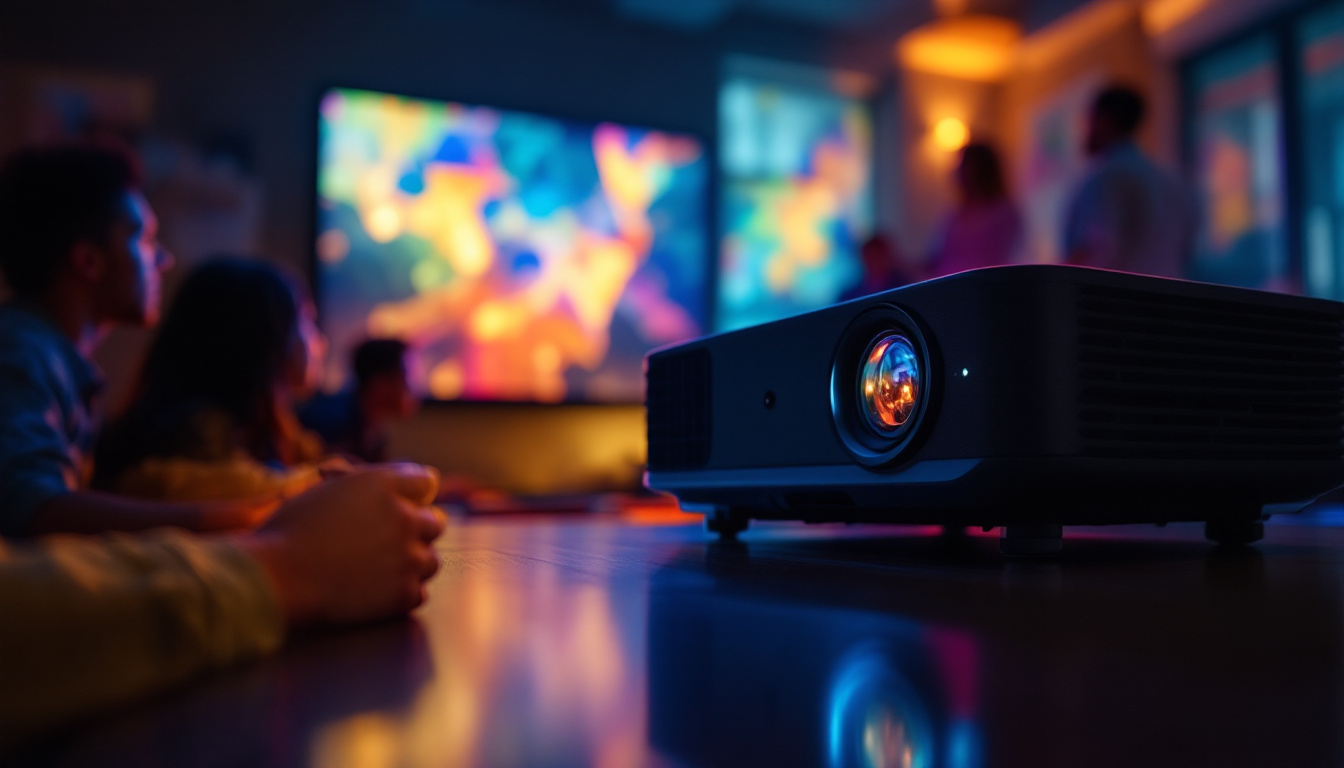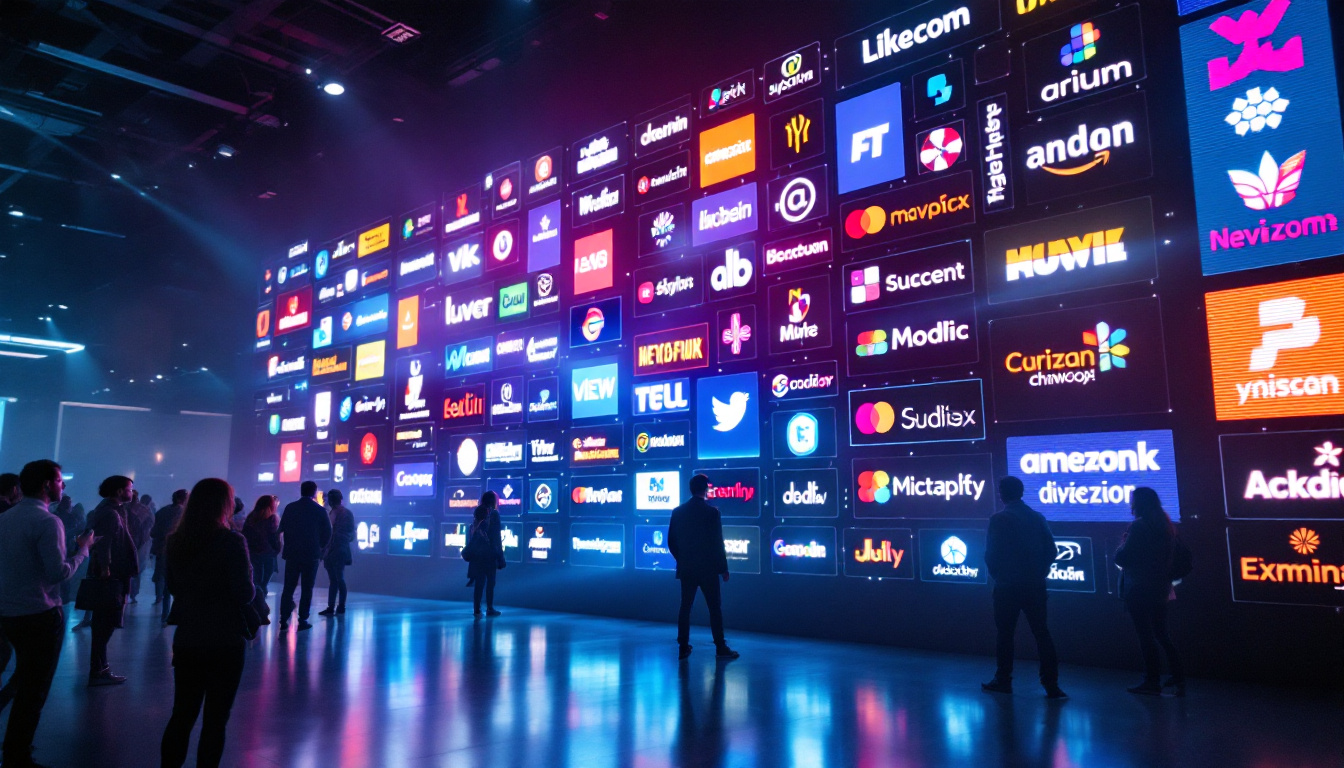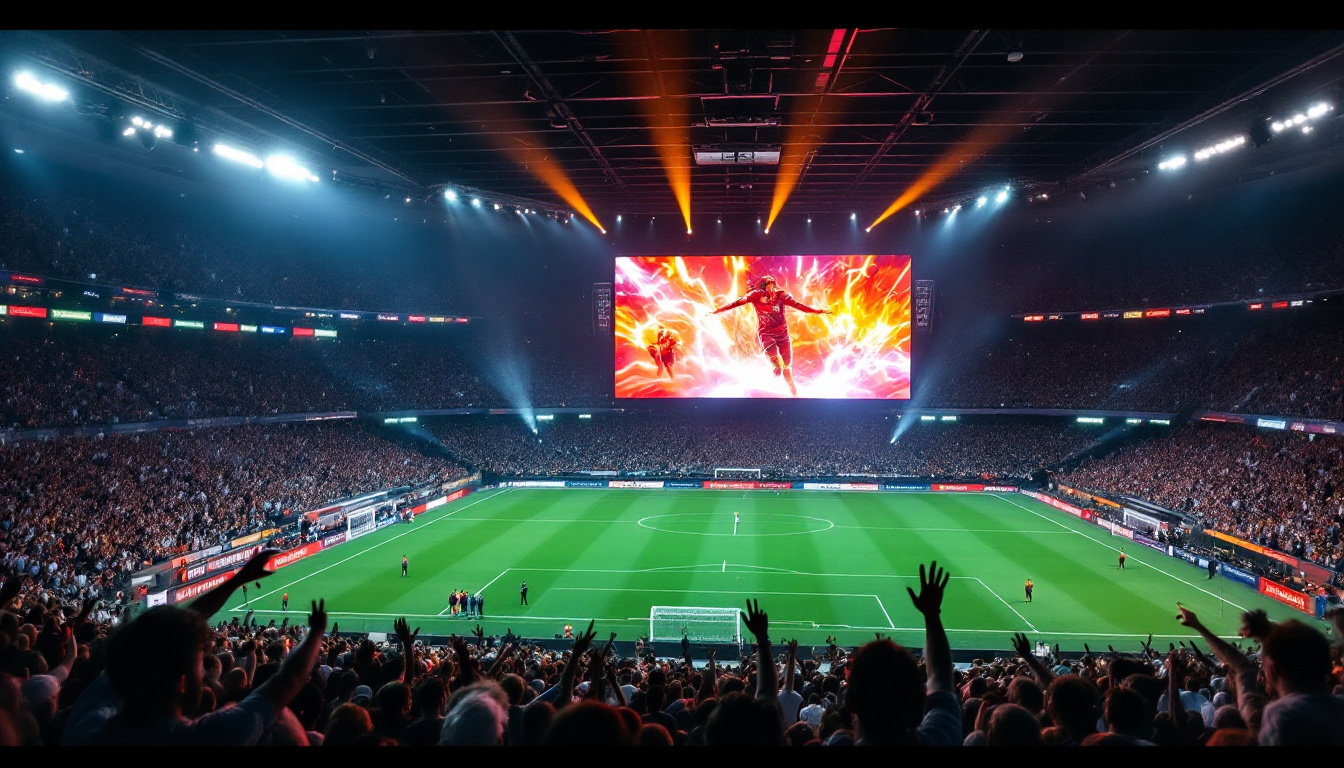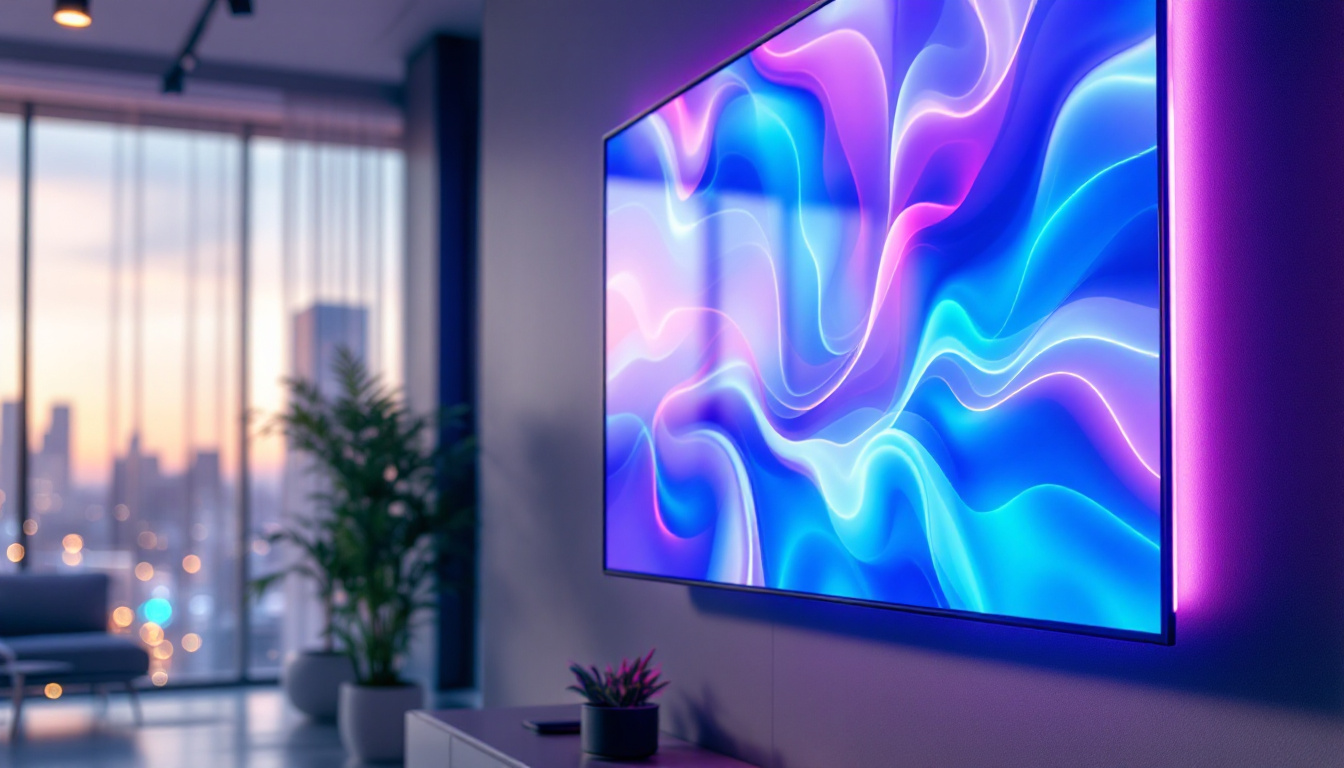The Surface Pro Model 1983 has made waves in the tech community, particularly for its innovative LED display technology. As the latest addition to the Surface Pro lineup, this model combines cutting-edge hardware with a sleek design, making it a compelling choice for both professionals and casual users alike. In this article, we will delve into the intricacies of the LED display, exploring its features, advantages, and the technology that powers it.
Understanding LED Display Technology
LED, or Light Emitting Diode, technology has revolutionized the way displays are designed and utilized. Unlike traditional LCD screens that rely on fluorescent backlighting, LED displays utilize diodes that emit light when an electric current passes through them. This fundamental difference leads to several advantages, including improved brightness, energy efficiency, and color accuracy.
The Basics of LED Technology
At its core, LED technology consists of tiny semiconductor devices that convert electricity into light. In the context of displays, these diodes can be arranged in various configurations to create vibrant images and videos. The Surface Pro Model 1983 employs a sophisticated arrangement of LEDs, allowing for higher pixel densities and finer details in images.
One of the standout features of LED technology is its ability to produce deeper blacks and brighter whites. This is achieved through a process known as local dimming, where specific areas of the screen can be dimmed or brightened independently. As a result, users can enjoy a more dynamic range of colors and contrast, enhancing the overall viewing experience. Furthermore, the rapid response time of LEDs minimizes motion blur, making them ideal for fast-paced video games and action films, where clarity is paramount.
Benefits of LED Displays
There are numerous benefits associated with LED displays, particularly in the context of the Surface Pro Model 1983. First and foremost, energy efficiency is a significant advantage. LED displays consume less power compared to their LCD counterparts, which is particularly beneficial for portable devices like the Surface Pro. This efficiency translates into longer battery life, allowing users to work or play for extended periods without needing to recharge.
Additionally, LED displays offer superior color reproduction. The Surface Pro Model 1983 boasts a wide color gamut, enabling it to display more colors than traditional displays. This feature is especially important for creative professionals who rely on accurate color representation for graphic design, photography, and video editing. The enhanced color accuracy not only aids in professional work but also enriches the viewing experience for everyday users, making movies and games more immersive and visually stunning.
Moreover, LED technology is known for its durability and longevity. Unlike older display technologies that may suffer from burn-in or fading over time, LED displays maintain their brightness and color integrity for years. This reliability is crucial for users who depend on their devices for both work and leisure, ensuring that the investment in a high-quality display pays off in the long run. Additionally, advancements in LED technology have led to the development of flexible and transparent displays, opening up new possibilities for innovative applications in various fields, from advertising to wearable technology.
Key Features of the Surface Pro Model 1983 Display
The Surface Pro Model 1983 is equipped with several features that set it apart from previous models and competitors. Understanding these features can help users appreciate the advancements in display technology that this model brings to the table.
High Resolution and Pixel Density
One of the most notable aspects of the Surface Pro Model 1983 is its high resolution. With a display resolution of 2880 x 1920 pixels, this model provides an incredibly sharp and detailed viewing experience. The pixel density, measured in pixels per inch (PPI), is also impressive, ensuring that text appears crisp and images are rendered with stunning clarity.
This high resolution is particularly advantageous for multitasking, as users can comfortably view multiple windows side by side without sacrificing clarity. Whether it’s editing documents, browsing the web, or watching videos, the display enhances productivity and enjoyment.
Touchscreen Capabilities
Another key feature of the Surface Pro Model 1983 is its responsive touchscreen capabilities. The LED display is designed to support touch input, allowing users to interact with the device in a more intuitive manner. This feature is particularly useful for creative professionals who may prefer to use a stylus for drawing or annotating documents.
The touchscreen functionality is complemented by the device’s support for various input methods, including a detachable keyboard and stylus. This versatility makes the Surface Pro Model 1983 suitable for a wide range of tasks, from casual browsing to professional-grade design work.
Comparative Analysis: LED vs. Other Display Technologies
When considering the Surface Pro Model 1983, it’s essential to understand how its LED display compares to other display technologies available in the market. This comparison can provide insights into why LED has become the preferred choice for many modern devices.
LED vs. LCD
While both LED and LCD technologies use liquid crystals to display images, the primary difference lies in the backlighting. LCD displays rely on fluorescent backlights, which can lead to less vibrant colors and lower contrast ratios. In contrast, LED displays offer better brightness and color accuracy due to their ability to control individual pixels.
Furthermore, the energy efficiency of LED displays often surpasses that of LCDs, making them a more sustainable choice for consumers. In the context of the Surface Pro Model 1983, this means longer battery life and a better overall user experience.
LED vs. OLED
Organic Light Emitting Diode (OLED) displays are another popular technology that competes with LED. OLED displays are known for their exceptional color reproduction and true blacks, as each pixel emits its own light. However, they can be more expensive to produce and may suffer from issues such as burn-in, where static images can leave a permanent mark on the screen.
The Surface Pro Model 1983, while not utilizing OLED technology, still offers impressive color accuracy and contrast through its advanced LED display. For many users, the benefits of LED, including cost-effectiveness and energy efficiency, outweigh the potential advantages of OLED.
Real-World Applications of the Surface Pro Model 1983 Display
The LED display of the Surface Pro Model 1983 is not just a technical marvel; it also has real-world applications that enhance user experience across various fields. From creative industries to business environments, this display technology is designed to meet diverse needs.
Creative Professionals
For graphic designers, photographers, and video editors, the Surface Pro Model 1983’s LED display offers a canvas that accurately represents colors and details. The high resolution and color gamut ensure that every nuance in a project is visible, allowing for precise editing and adjustments.
Additionally, the touchscreen capabilities enable artists to sketch and manipulate designs directly on the screen, streamlining the creative process. With the Surface Pro, professionals can take their work anywhere, making it an ideal tool for on-the-go creativity.
Business and Productivity
In a business context, the Surface Pro Model 1983’s LED display enhances productivity through its sharp visuals and multitasking capabilities. The high resolution allows for clear presentations, while the touchscreen functionality makes navigating software applications seamless.
Moreover, the energy efficiency of the LED display contributes to longer work sessions without the need for frequent charging. This aspect is particularly beneficial for professionals who may find themselves in meetings or traveling, where access to power outlets may be limited.
Future Innovations in Display Technology
As technology continues to evolve, so too does the potential for advancements in display technology. The Surface Pro Model 1983 represents a significant step forward, but what does the future hold for LED displays and beyond?
Advancements in LED Technology
The future of LED technology is promising, with ongoing research focused on improving efficiency, color accuracy, and overall performance. Innovations such as MicroLED and MiniLED are already making headlines, offering even greater control over lighting and color reproduction.
These advancements could lead to thinner, lighter displays with enhanced capabilities, further pushing the boundaries of what portable devices like the Surface Pro can achieve. As manufacturers continue to invest in research and development, consumers can expect to see even more impressive displays in future models.
Integration with Augmented and Virtual Reality
Another exciting avenue for display technology is its integration with augmented reality (AR) and virtual reality (VR). As these technologies become more mainstream, the demand for high-quality displays that can deliver immersive experiences will grow.
The LED display technology used in devices like the Surface Pro Model 1983 could play a crucial role in this evolution, providing the clarity and responsiveness needed for AR and VR applications. This integration could open up new possibilities for gaming, training simulations, and interactive experiences.
Conclusion
The Surface Pro Model 1983 stands out not only for its sleek design and powerful performance but also for its advanced LED display technology. With its high resolution, vibrant colors, and energy efficiency, this model is well-equipped to meet the demands of modern users.
As technology continues to advance, the potential for future innovations in display technology remains vast. The Surface Pro Model 1983 serves as a testament to the progress made in the field, paving the way for even more exciting developments in the years to come.
In summary, whether for creative work, business productivity, or entertainment, the LED display of the Surface Pro Model 1983 enhances the user experience, proving that display technology is a critical component of modern computing.
Discover LumenMatrix LED Display Solutions
Ready to experience the future of display technology today? LumenMatrix is at the forefront of LED innovation, offering a wide array of solutions tailored to your needs. From breathtaking Indoor LED Walls to dynamic Outdoor LED Displays, and from versatile Vehicle LED Displays to sleek LED Poster Displays, our products are designed to captivate and engage. Whether you’re looking to enhance your business’s brand visibility or create immersive visual experiences, LumenMatrix has the cutting-edge technology to bring your vision to life. Don’t miss out on the opportunity to transform your visual communication. Check out LumenMatrix LED Display Solutions and see the difference for yourself.

